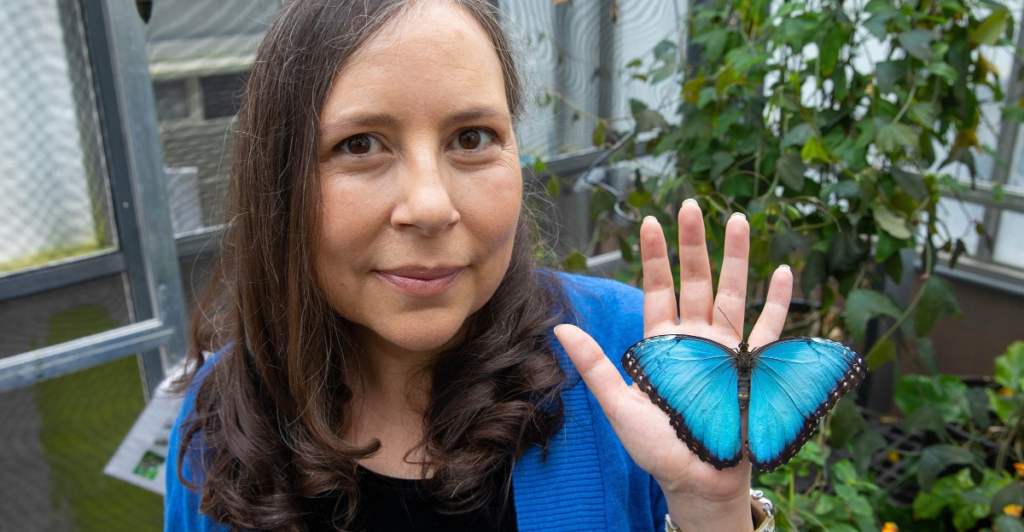
Butterflies aren’t just pretty backyard decorations—they’re essential pollinators that keep entire ecosystems running. But across America, butterfly populations are crashing due to habitat destruction, climate change, and pesticide use. If we don’t act fast, these winged wonders could vanish before we know it.
The Monarch Butterfly Is on the Brink
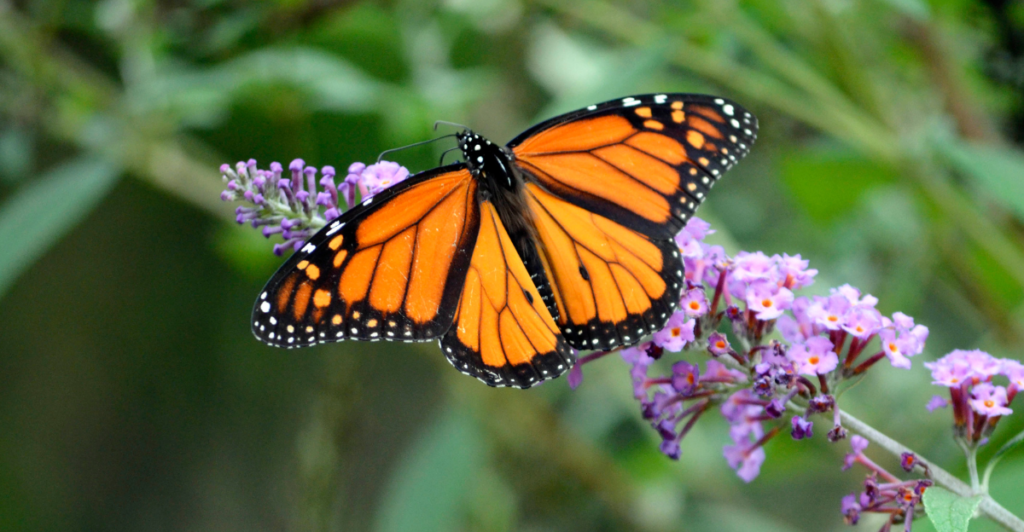
Monarch butterflies—the superstars of North America’s insect world—are in serious trouble. Their population has dropped by 85% in the last 20 years due to habitat loss, pesticides, and climate disruptions. If this trend continues, we might witness the end of the great monarch migration as we know it.
Why Are Butterflies Vanishing?

The reasons for the butterfly decline are as complex as they are alarming. Urban expansion is wiping out the wildflowers they need to survive. Pesticides and herbicides are poisoning their food sources. Climate change is shifting migration patterns and causing extreme weather events that destroy breeding grounds.
The Domino Effect: Why This Should Scare You
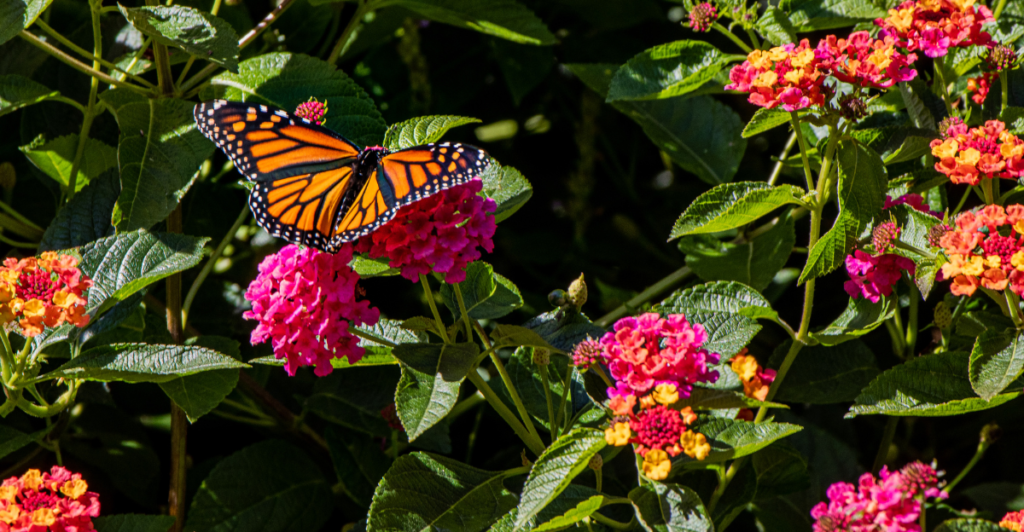
Butterflies are key pollinators, meaning their decline directly impacts the food chain. Without them, plants struggle to reproduce, leading to fewer fruits, vegetables, and flowers. Their disappearance would create a ripple effect, hitting everything from birds to humans.
The Rise of Pesticides and the War on Weeds
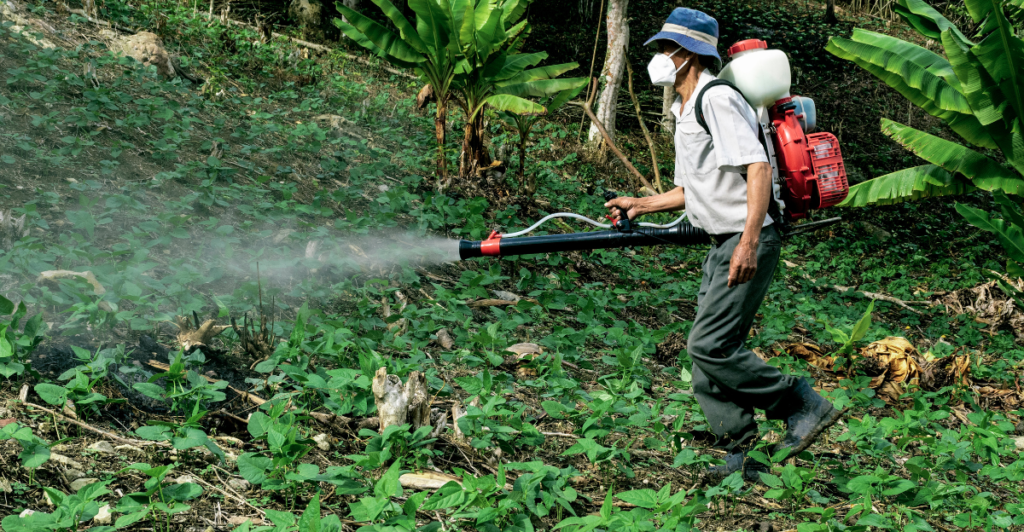
Neonicotinoids—one of the most widely used pesticides—are highly toxic to butterflies. Herbicides like Roundup wipe out milkweed, which is the only food monarch caterpillars can eat. Without milkweed, monarchs simply can’t survive.
Climate Change Is Making It Worse
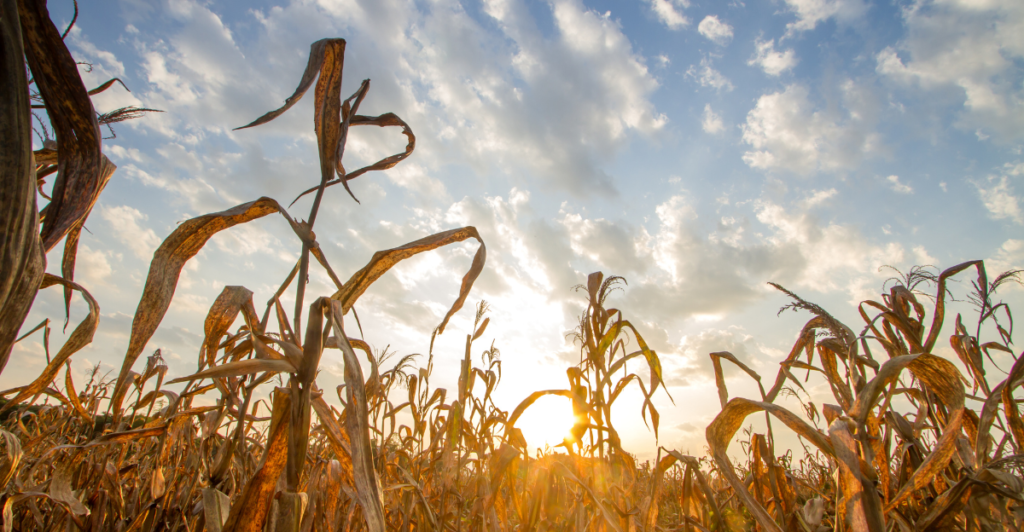
Butterflies follow seasonal cues to migrate, reproduce, and feed. But climate change is messing with their instincts. Warmer winters trick them into coming out too early, while heatwaves wipe out larvae and food sources. Entire populations are collapsing before they even get a chance to recover.
The Western Monarchs: A Population on the Edge
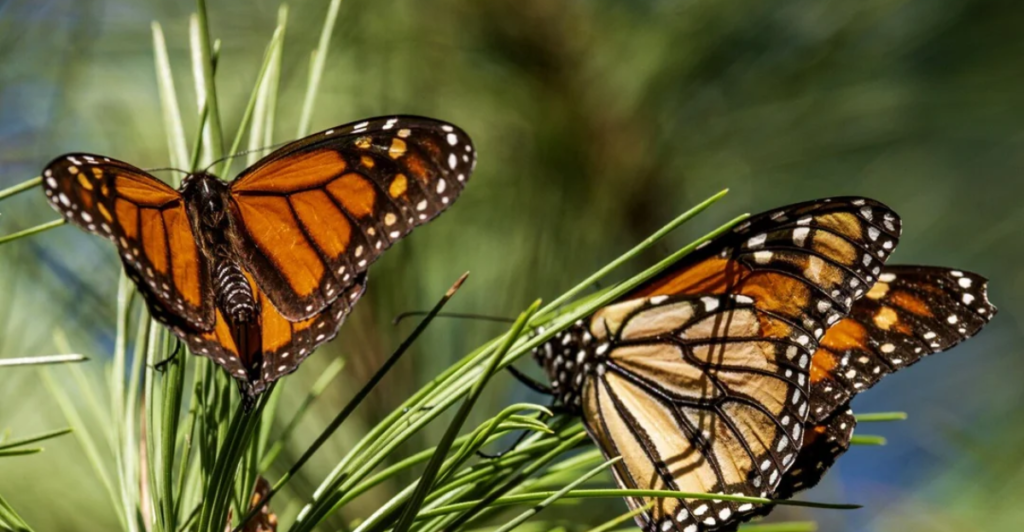
While Eastern monarchs are struggling, Western monarchs are in even worse shape. In the 1980s, their population was in the millions. Now? Some surveys show fewer than 2,000 left. Without immediate intervention, they could go extinct within a decade.
It’s Not Just Monarchs—Other Species Are Dying Too
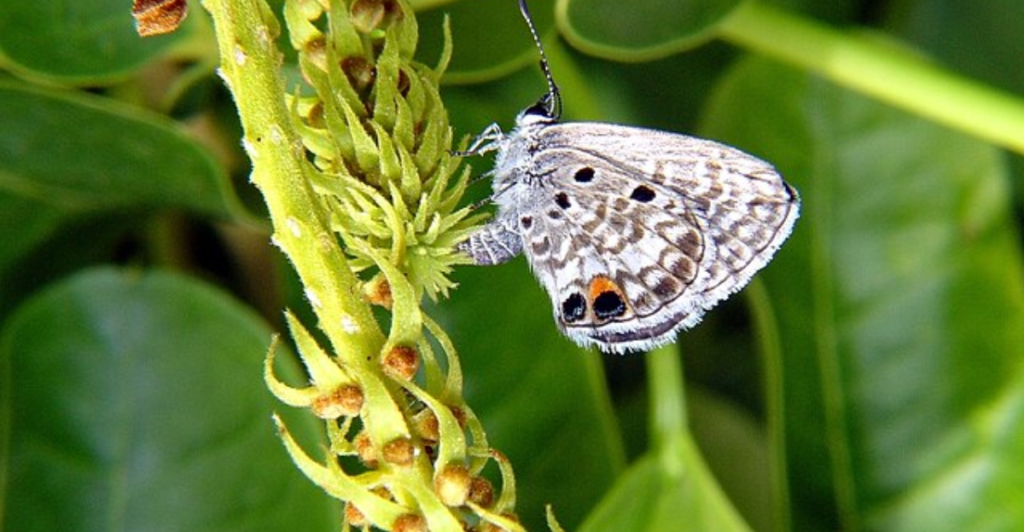
The monarch gets most of the attention, but other American butterfly species are also disappearing fast. The Miami Blue, Karner Blue, and Fender’s Blue are all critically endangered. Many lesser-known species are vanishing before scientists even get a chance to study them.
The Power of Native Plants: Why Your Garden Matters
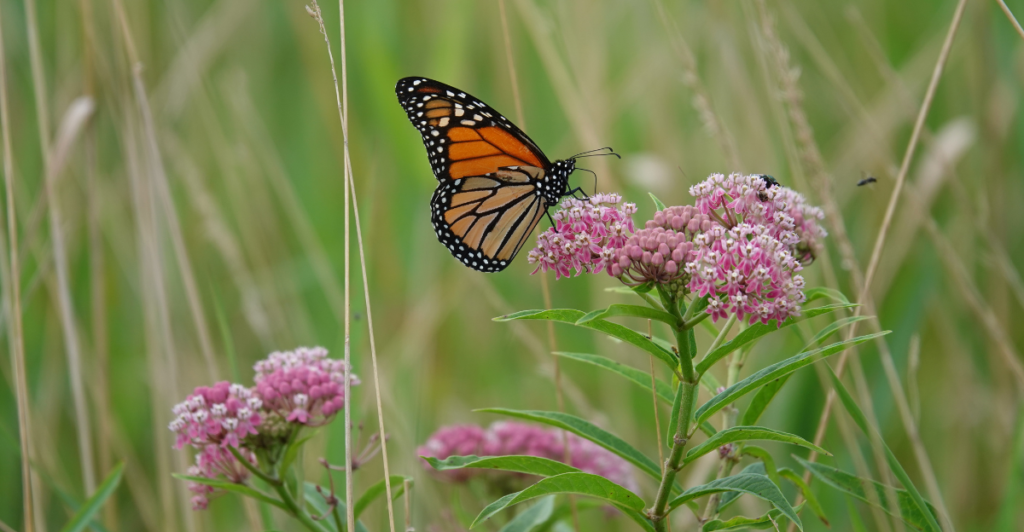
One of the simplest ways to help? Plant native flowers and milkweed. Butterflies need specific plants to lay eggs, feed, and survive. Even a small garden filled with pollinator-friendly plants can make a huge difference.
Stop Using Pesticides—Seriously, Just Stop
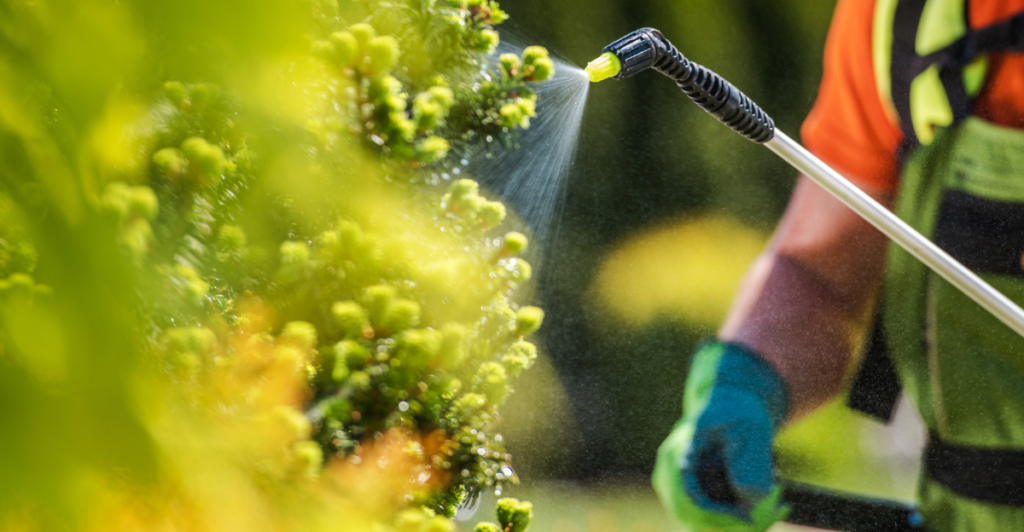
Chemical pesticides don’t just kill weeds and pests—they also wipe out butterfly populations. Switching to natural alternatives or opting for organic gardening methods can save countless butterflies while keeping your garden healthy.
Create Safe Spaces for Butterflies
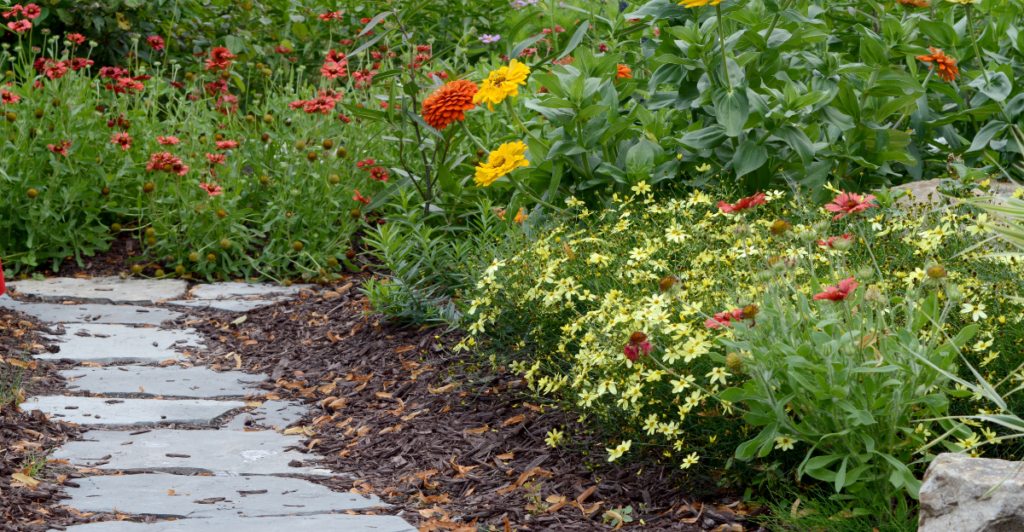
Butterflies need more than just food, they need shelter. You can help create butterfly havens by planting dense shrubs, setting up flat rocks for sunbathing, and even providing moist patches of dirt for butterflies to drink from.
Support Conservation Efforts
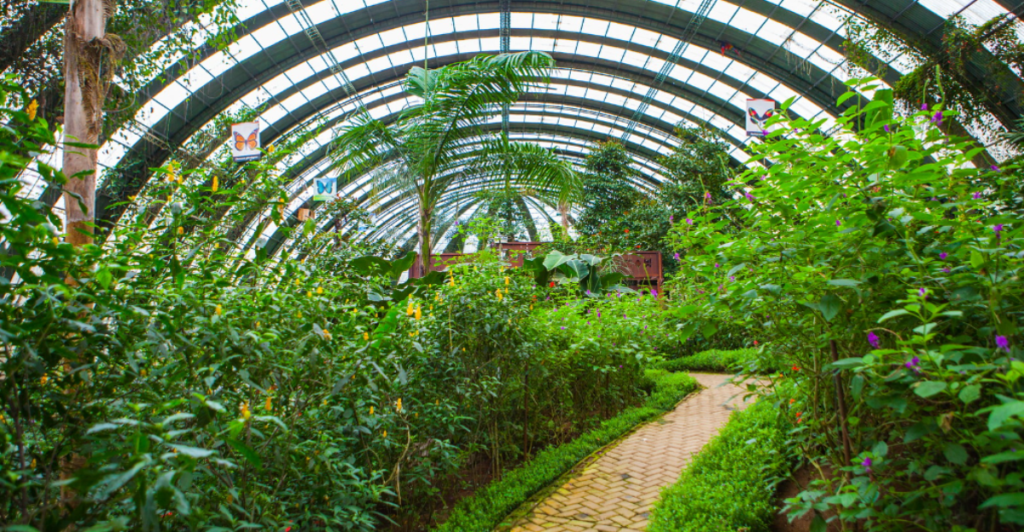
Organizations across the country are fighting to protect butterflies, but they need support. Groups like the Xerces Society and Monarch Watch work on habitat restoration, butterfly tracking, and policy advocacy. Donating, volunteering, or even just spreading awareness helps.
Spread the Word—Education Is Key

Most people have no idea that butterflies are in crisis. Educating your friends, family, and local community can inspire small but powerful changes. Whether it’s convincing a neighbor to plant milkweed or getting a local school involved, awareness leads to action.
Small Actions Can Save America’s Butterflies
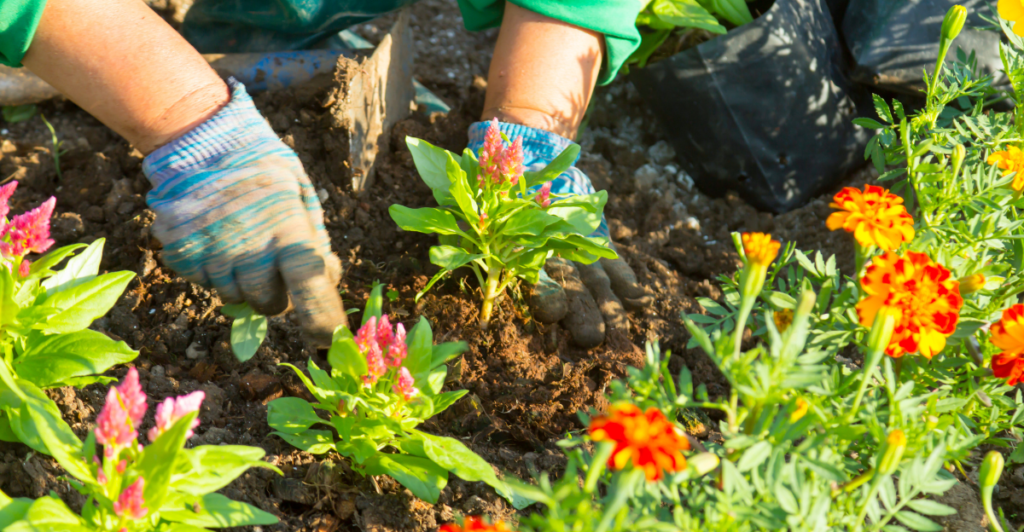
The butterfly crisis isn’t just an environmental issue—it’s a warning sign that our ecosystems are in trouble. But there’s still time to act. Plant native flowers, ditch pesticides, support conservation efforts, and spread the word. If we all step up, we can ensure that future generations still get to experience the magic of butterflies.
Explore more of our trending stories and hit Follow to keep them coming to your feed!

Don’t miss out on more stories like this! Hit the Follow button at the top of this article to stay updated with the latest news. Share your thoughts in the comments—we’d love to hear from you!







